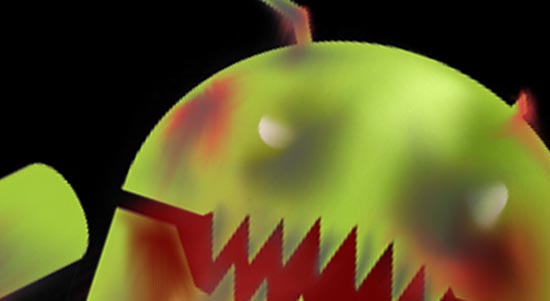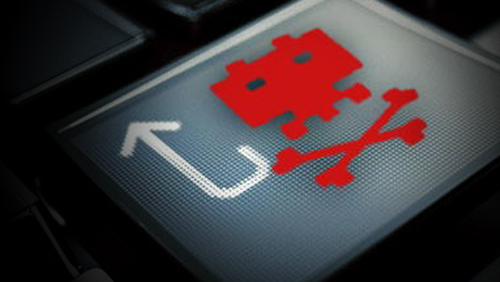Last year unknown malware downloads rose over 900% with more than 970 downloads per hour compared to 106 previously, according to industry security reports.
Security researchers also reported recently that up to 10 million Android smartphones have been infected by malware that generates fake clicks for adverts. The harmful software was also stealthily installing apps and snooping on the browsing habits of the unsuspecting victims.
Research suggests that the malware business is very profitable and is currently making around £230,000 a month for its architects.
Malware comes in two forms; first there is Mass Malware, which is written for distribution across the internet and targets hundreds of thousands or millions of computers. Then there is the much rarer Targeted Malware, written specifically for a targeted attack and seen on very few networks.
Mass Malware is the most prevalent and all of us need to be conscious of this growing threat to our devices and privacy. Malware infections are classified into related clusters, referred to as families. Security specialists in malware detection track malware families for authorship, correlating information and identifying new variants. The actual infections themselves are not that diverse and security researchers have stated that the top ten most popular malware variants accounted for 60 % of all detected events.
The top 5 malware infections are:
- Conficker
Conficker is a worm that originally targeted Windows XP, but has now evolved to target other operating systems. The present-day Conficker spawns are focussed in spreading from system to system, downloading other malware, stealing credentials, and disabling security software.
- Tinba
Tinba, also known as Tiny Banker or Zusy, is one of the world’s smallest banking Trojans that is able to compromise browsers and show fake web pages on top of authentic banking portals.
- Sality
Believed to have originated in Russia, this polymorphic specimen of malware is constantly evolving, hard to detect and works by infecting executable files and then downloading more complex malware.
- JBoss Worm
A worm that infects web servers running older versions of the JBoss Application Server and is then used to run malicious code or to add backdoors to infected systems.
- HummingBad
This variant of malware is targeting Android devices and is one of the most infuriating and trickier to remove threats that clicks on ads unbidden or installs unwanted apps.

The threat of mobile malware remains small compared to PC malware, but it is growing rapidly and it is necessary for all device users to remain vigilant. Malicious codes on large and tiny devices will continue to grow in size and capability in the months ahead and while it is sometimes nothing more than a nuisance, malware can potentially grow into something far more dangerous and become a threat to the individual user. As mobile phone and computer users continue to increase, and our devices remain the default implement for organising our day-to-day activities and holding our information, the malware business will linger and become more profitable for cyber-criminals.
There are a number of free and paid-for services available that offer malware detection and protection for desktop and mobile devices. It is easy to take basic steps to ensure that you are protected such as not logging into your bank account while using a free wifi network but don’t forget to keep your operating system updated and of course, think before you click.














